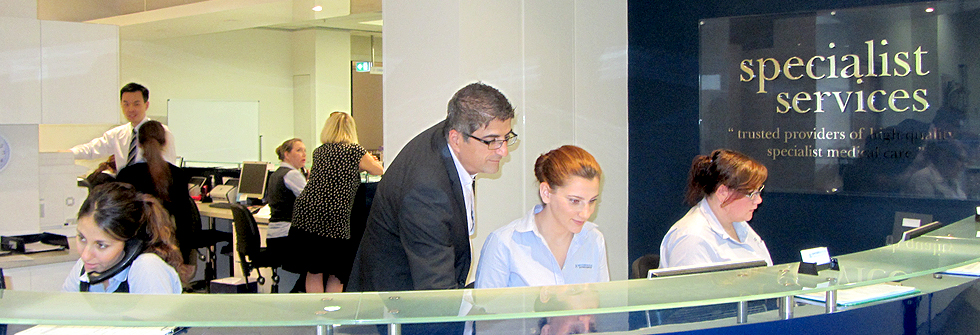When it comes to anal fistulas, there are a number of important aspects that need to be taken into consideration. People who have had issues concerning anal abscess in the past, have increased chances of developing anal fistulas. Fistula surgery is usually the treatment option to help reduce the likelihood of infection, in addition to providing relief from symptoms.
An anal fistula is normally characterized as a small tunnel that has an internal opening in the anal canal as well as an exterior opening in the skin close to the anus. Anal fistulas normally occur as the direct consequence of anal abscess when it does not cure properly.
When it comes to the treatment, it is important to exercise due care and diligence in order to avoid the risk involving bowel emptying, mainly because of the fact that anal fistula is located in close proximity to the anal sphincter muscles. The perfect method demands that each patient should be evaluated on individual basis.
While conducting treatment, it has to be made sure that sphincter muscles endure minimum impact. This mainly depends upon different factors such as fistula’s location, nature of problem, and the health of the patient’s sphincter muscles.
When undertaking fistula surgery, Dr El-Khoury first looks to locate the fistula’s internal opening. After that, the procedure will depends on the findings and in particular on the amount of sphincter muscle that is involved within the fistula tract.
When it comes to dealing with a more complex and intricate fistula, the surgeons just focus on opening up the section or area where the tracts join together, while getting rid of the remaining tracts. An example of such type of fistula is a horseshoe fistula, where the tract is spread around both sides of the body, in addition to having external opening around both sides of the anus.
When a large amount of muscle is required to be cut, the treatment will have to be carried out in multiple stages. The surgery may be executed again if the complete tract cannot be found.
Dr El-Khoury will discuss the operation detailing the indications, the risks and the benefits of the surgery and will also supplement his discussions with the Royal Australasian College of Surgeons information on the surgery.



